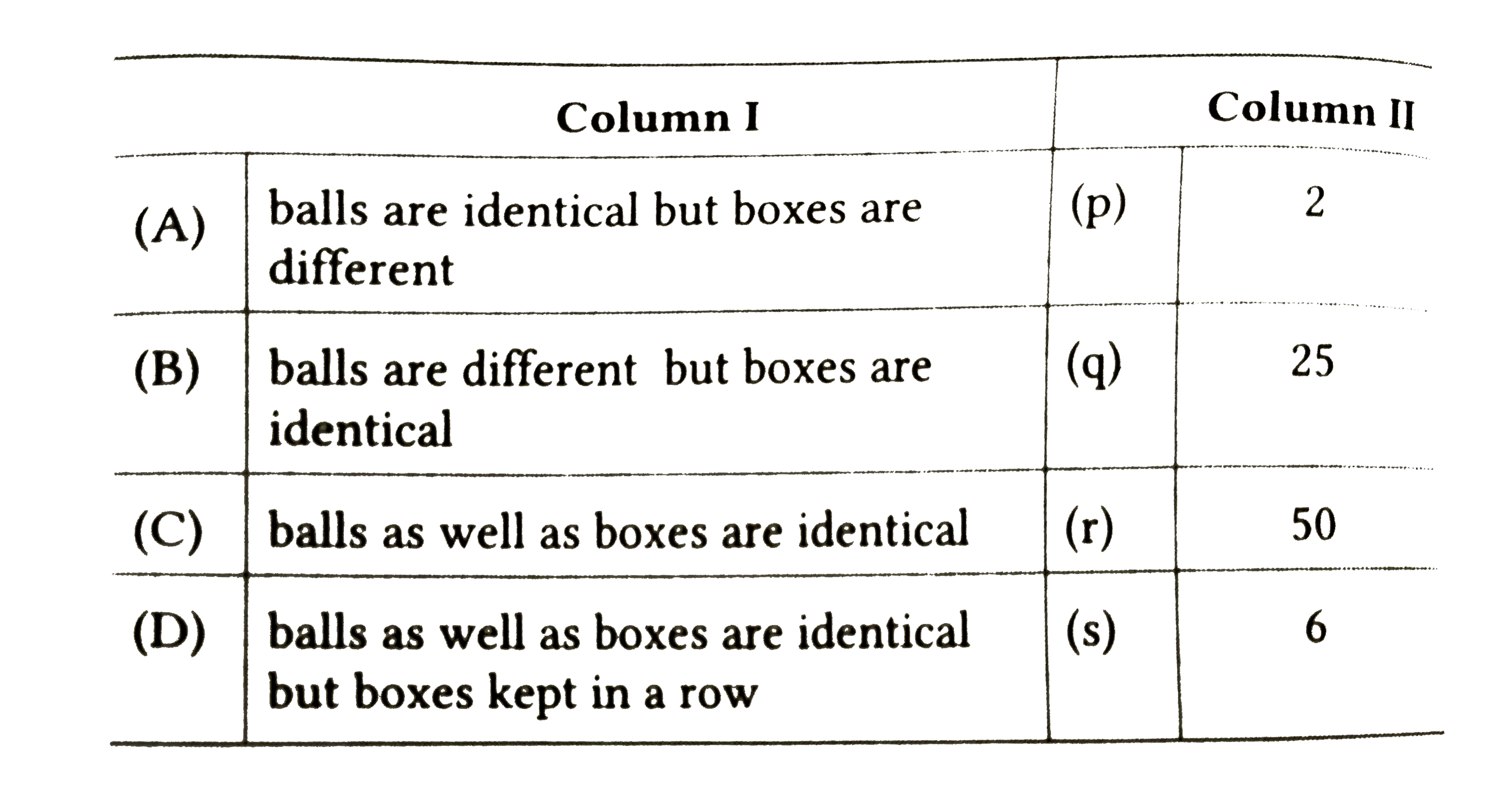How was it shown that atom has empty space ?
Step-by-Step Solution:
1. Introduction to the Experiment:
- The concept of empty space in an atom was demonstrated through an experiment conducted by Ernest Rutherford, known as the alpha scattering experiment.
2. Setup of the Experiment:
- In this experiment, Rutherford used a thin gold foil and directed alpha particles (which are helium nuclei, He²⁺) at it.
3. Observation of Alpha Particle Behavior:
- Rutherford observed that a significant majority (99.99%) of the alpha particles passed through the gold foil without any deflection.
4. Interpretation of Results:
- The fact that most alpha particles went undeflected indicates that there is a large amount of empty space within the atom. If the atom were solid or densely packed, a greater number of alpha particles would have been deflected.
5. Conclusion:
- From these observations, Rutherford concluded that atoms consist mostly of empty space, with a small, dense center (nucleus) that contains the positive charge.
6. Further Implications:
- This experiment led to the understanding that the positive charge of the atom is concentrated in a small nucleus, while the majority of the atom is empty space.
- The concept of empty space in an atom was demonstrated through an experiment conducted by Ernest Rutherford, known as the alpha scattering experiment.
- In this experiment, Rutherford used a thin gold foil and directed alpha particles (which are helium nuclei, He²⁺) at it.
- Rutherford observed that a significant majority (99.99%) of the alpha particles passed through the gold foil without any deflection.
- The fact that most alpha particles went undeflected indicates that there is a large amount of empty space within the atom. If the atom were solid or densely packed, a greater number of alpha particles would have been deflected.
- From these observations, Rutherford concluded that atoms consist mostly of empty space, with a small, dense center (nucleus) that contains the positive charge.
- This experiment led to the understanding that the positive charge of the atom is concentrated in a small nucleus, while the majority of the atom is empty space.
Topper's Solved these Questions
- ATOMIC STRUCTURE AND CHEMICAL BONDINGBOOK - ICSECHAPTER - ATOMIC STRUCTURE AND CHEMICAL BONDINGEXERCISE - EXERCISE 4(B)
12 Videos
- ATOMIC STRUCTURE AND CHEMICAL BONDINGBOOK - ICSECHAPTER - ATOMIC STRUCTURE AND CHEMICAL BONDINGEXERCISE - EXERCISE 4(C)
54 Videos
- ATMOSPHERIC POLLUTIONBOOK - ICSECHAPTER - ATMOSPHERIC POLLUTIONEXERCISE - EXERCISE 8(D)
38 Videos
- CHEMICAL CHANGES AND REACTIONSBOOK - ICSECHAPTER - CHEMICAL CHANGES AND REACTIONSEXERCISE - EXERCISE 2(C)
30 Videos
Similar Questions
A metallic crystal has the bcc type stacking pattern. What percentage of volume of this lattice is empty space ?
View SolutionThe density of solid argon is 1.65g/mL at −233∘C . If the argon atom is assumed to be sphere of radius 1.54×10−8cm, what percentage of solid argon is apparentaly empty space ? (At.Wt.ofAr=40)
View Solution
Knowledge Check
Of the three cubic lattices the one that has the largest amount of empty space is the ...........Crystals of .............. and ................ have face centered cubic lattices
ABody centered cubic, CsCl, NaCl,BClosed cubic, KCI, NaClCSimple cubic, CSCI, NaClDFace centered cubic, KBr, NaCl
Rutherford's α-particle scattering experiment showed that
(i) electrons have negative charge.
(ii) the mass and positive charge of the atom is concentrated in the nucleus.
(iii) neutron exists in the nucleus.
(iv) most of the space in atom is empty.
Which of the above statements are correct ?
View SolutionThe number of ways the letters of the word PERSON cann be placed in the squares of the figure shown so that no row remain empty is

View SolutionFill in the blank spaces.
The empty space between the molecules is called_______space.(molecular/ intermolecular)
View Solutionpacking fraction of a unit cell is drfined as the fraction of the total volume of the unit cell occupied by the atom(s).
P.E=Volume of the atoms(s) present in a unit cellVolume of unit cell=Z×43πr3a3
and % of empty space = 100−P.F.×100
where Z= effective number of stoms in s cube .
r= radius of a an atoms
a = edge lenght of the cube
% empty space in body centered cubic cell unit is nearly :
View SolutionHow would you prove that a so-called empty glass is not empty ? What does it contain ?
View SolutionFive balls are to be placed in three boxes in how many diff. ways can be placed the balls so that no balls remain empty if
.
View SolutionA paralle plate air capacitor has capacitance C. Now half of the space is fillel with a dielectric material with dielectric constant K as shown in figure . The new capacitance is C . Then

View Solution
